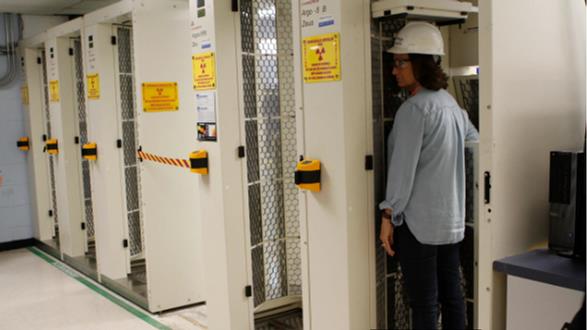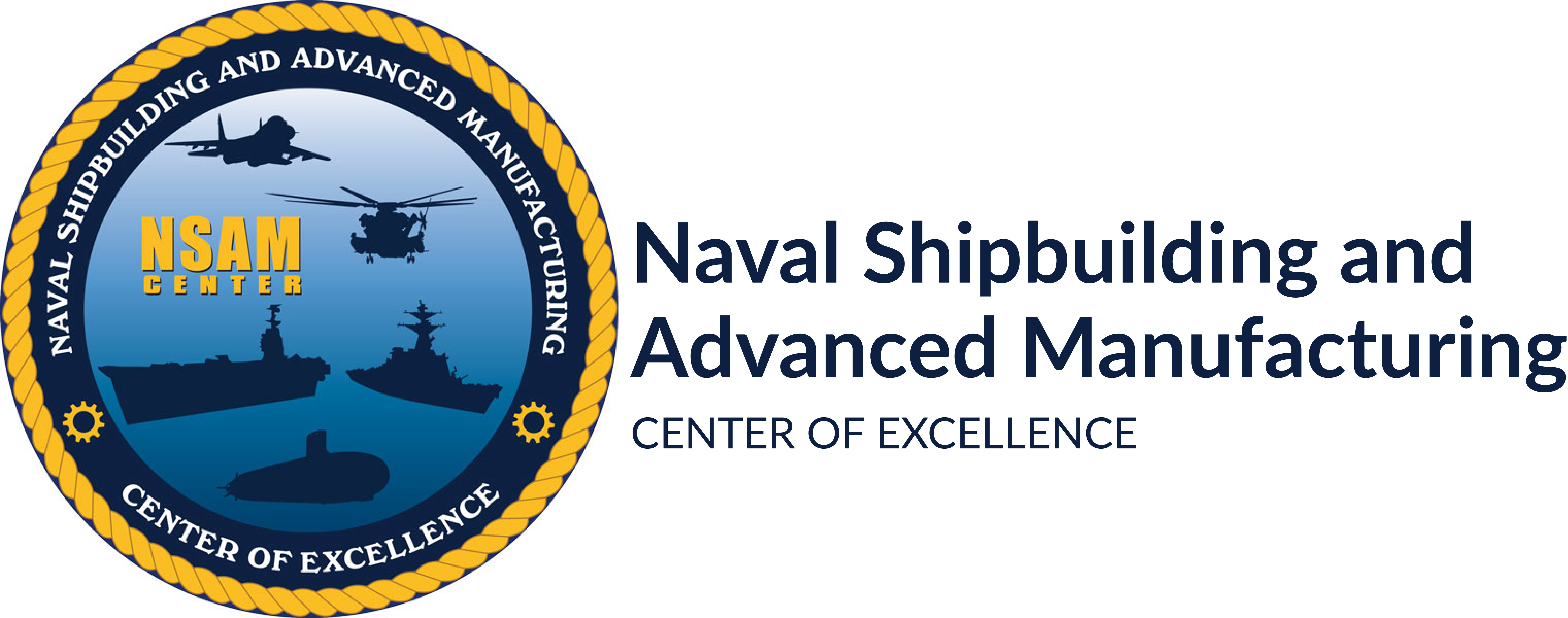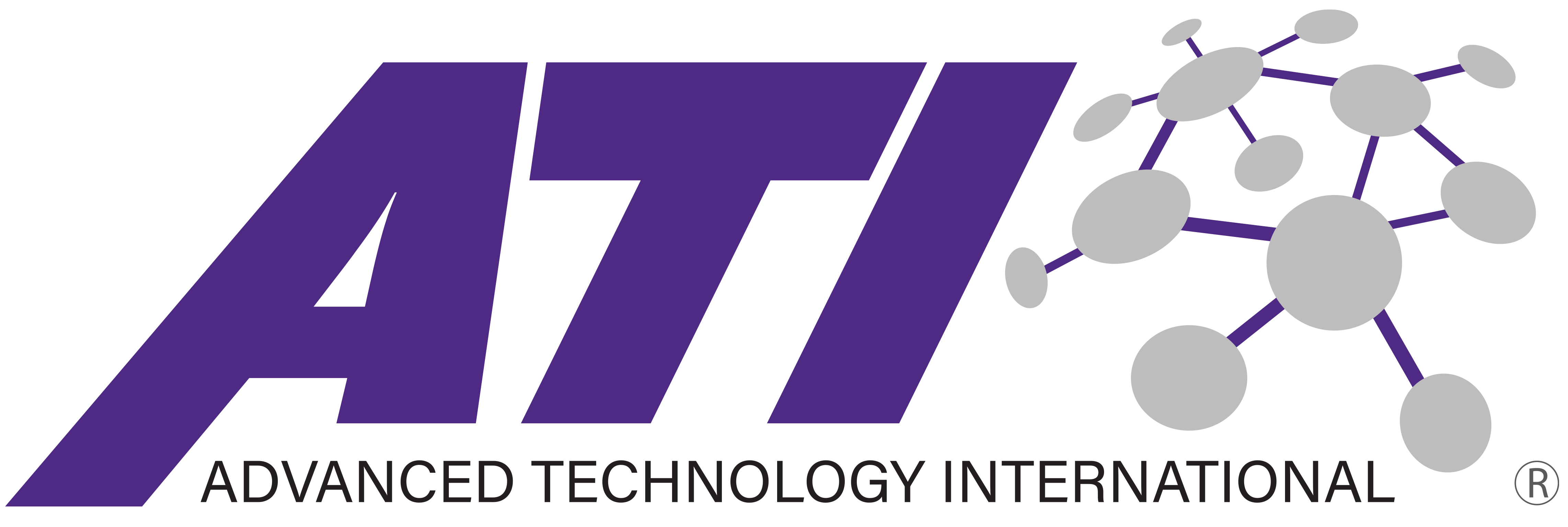Project Participants: Huntington Ingalls Industries – Newport News Shipbuilding
Project Start: March 2020
Project Start: March 2020
For the US Navy and US Shipyards who currently build and repair nuclear powered vessels, there are substantial expensive and extensive safety/security protocols that must be strictly followed in order to maintain Naval Sea Systems Command (NAVSEA) authorization to do nuclear work. Additionally, as the Navy’s nuclear fleet ages, there is an increased demand for a nuclear workforce to perform complex overhaul and decommissioning work. NAVSEA has an initiative to be on the cutting edge of performance; dosimetry control can be improved to incorporate more technology yet still maintain the proper amount of control of personnel radiation exposure.
The Digital Exposure Record Card and Electronic Personal Dosimeter Self-Issue project will develop a digital system to manage personnel exposure and to automate the process of checking out personnel dosimetry devices. At present, there is a major shortfall in labor for Radiation Control Technicians (RCT). Recording personnel exposure can be digitized to reduce administrative effort in data management. These technicians control nuclear work for shipyards and other nuclear facilities including providing access to High Radiation Areas (HRA). As part of their responsibilities for controlling access to HRAs, RCTs provide qualified radiation workers with an electronic pocket dosimeter (EPD). This can be a laborious and time-consuming task, especially when there is a backlog of personnel seeking access to a HRA. By allowing for self-issue, an RCT posted at an HRA will be free to perform more pertinent tasks than handing out dosimeters, such as providing radiological oversight of trades’ workers performing radiological work. This will also free up time for the worker, as they should no longer have to wait for the RCT to be ready in order to get their EPDs.
This two-phased, 15-month effort will focus on developing requirements for the system, develop the system, integrate the equipment, and test the system. The project team will identify and procure the equipment and develop the software interface for the system following system requirement definition. The next step is to develop the required hardware interface, which would include the design and layout of the Unmanned HRA Control Point Area where the system will be used. A test plan for the EPD self-issue will be developed, then training for the nuclear workforce will be created. The system will be integrated and mock-up testing will commence at NNS. NNS estimates an initial cost savings for the CVN 74 overhaul of over $5.5M. Once validated, this system could be used by any nuclear work organization.




